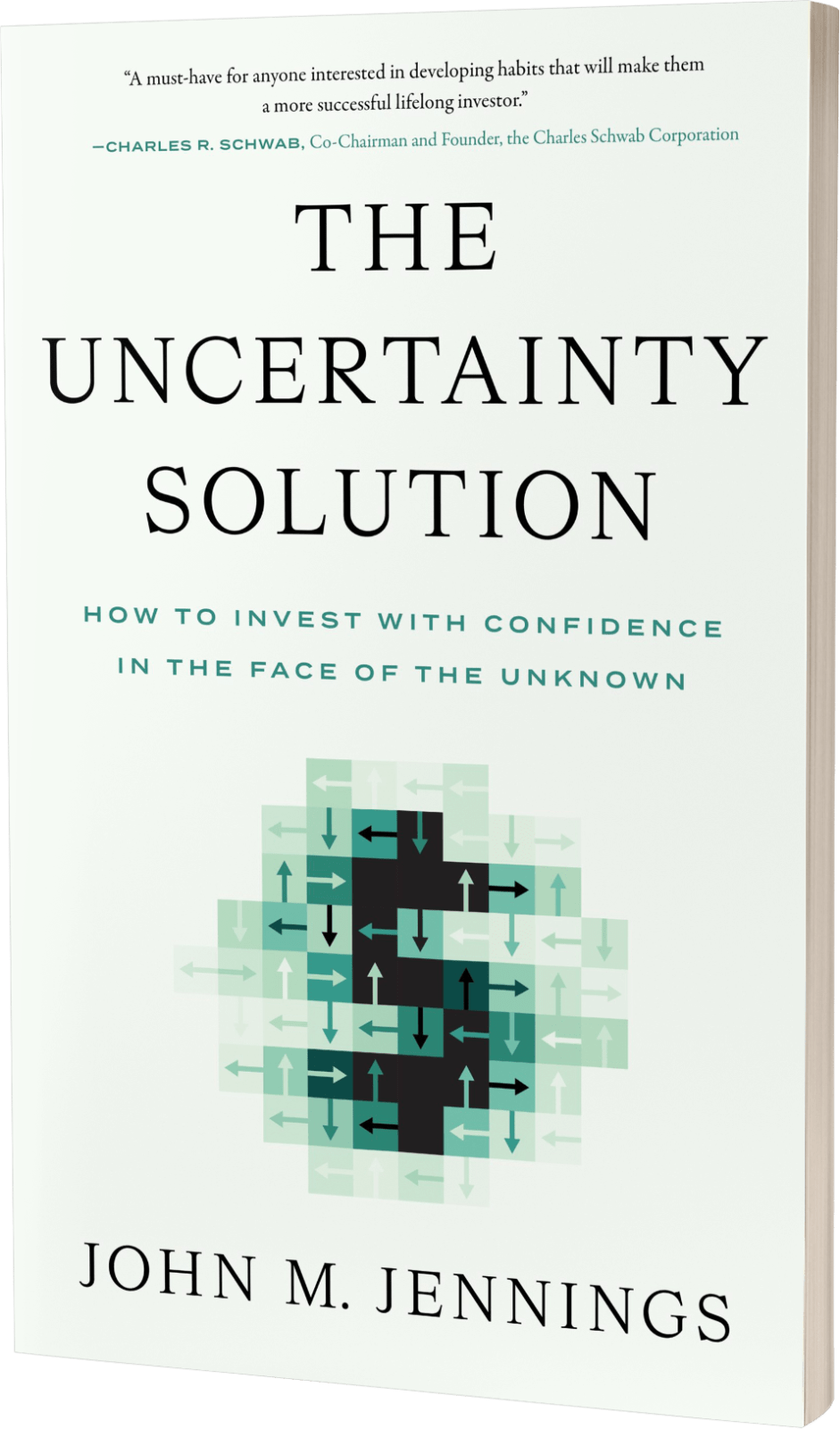
Milky Way from Earth
The closest galaxy to the Milky Way is the Andromeda Galaxy. It is a spiral galaxy, like the Milky Way, and at 2.5 million light years away is close enough that we can see individual stars in that galaxy. Andromeda is on a collision course with the Milky Way as the two galaxies approach each other at about 600,000 miles per hour (100 miles per second) and are expected to collide in about 4 billion years.
Even though each galaxy contains about 100 – 150 billion stars and are thought to contain hundreds of billions of planets and other bodies, it is not expected that any visible matter will actually collide because there is so much space within the galaxies. Upon collision the two galaxies will likely merge to form a new, larger galaxy, but it is possible that they will pass through each other and rip each other apart. By the time that the two galaxies collide, the surface of the Earth will have already become far too hot for liquid water to exist, ending all terrestrial life, which is currently estimated to occur in about 1 billion years due to gradually increasing warmth of the Sun as it ages.
Here’s a picture from the Hubble Telescope of two galaxies colliding (NGC 6050 and IC 1179):

Here’s what Andromeda looks like:




this cannot be a good thing. What kind of investment strategy do you recommend to deal with this? Luv2nap
Great question Luv2nap. I think that the collision of galaxies presents an amazing long-term arbitrage strategy involving going long investments found in the Triangulum Galaxy and shorting all investments in the Milky Way and Andromeda.